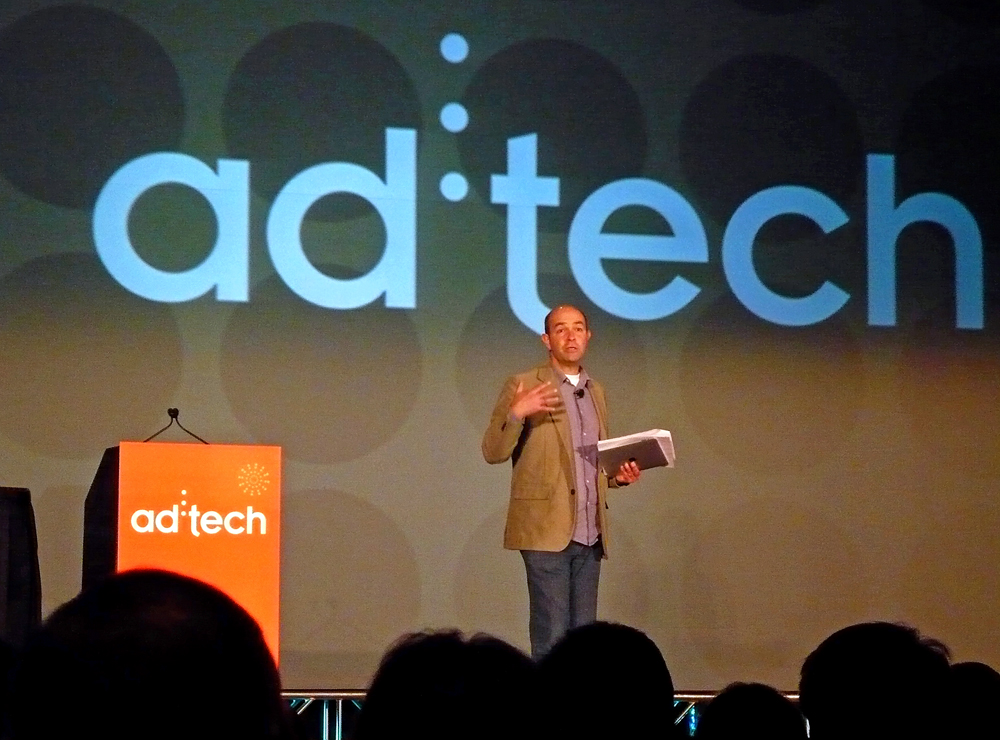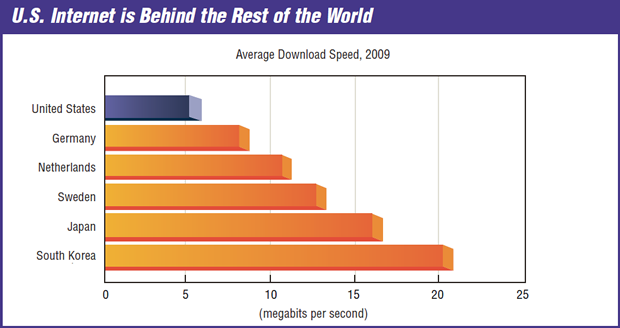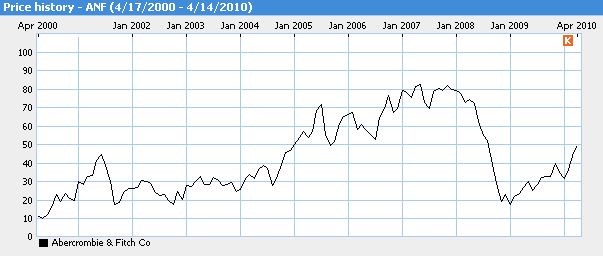I produce a Flickr photo stream. I periodically go through it to delete photos at which no one has looked. Right now, there are about 2,200 photos up. I set up a little widget here in the left column that randomly grabs and displays a photo from the stream.
Over the couple/few years I’ve been putting up photos, I’ve received eight or ten requests from proper publishers seeking permission to use one or more of these photos. Several of them are web-based guides. One was a publisher of lake, river and stream maps. One was a publisher of books and videos about weird and interesting things across this great nation.
I’d forgotten about that last one … until yesterday. I received a box in the mail; I could tell it contained a book by its size, dimensions and weight. I figured it was a book about Google Analytics that I ordered a few days ago. Instead, it was Weird Colorado!

Weird Colorado
My brand new, hardcover copy is personally inscribed with thanks and appreciation from “my pals,” Mark Sceurman and Mark Moran.
The Weird U.S. series has been around for years. In addition to national and state-focused books, they’ve produced videos that aired on the History Channel.
Weird Colorado is written by Charmaine Ortega Getz. At some point, they scoured the web for photos for inclusion in the book. They came across some of mine.
They emailed to request permission to use my photos from Picketwire Canyonlands and Florissant Fossil Beds National Monument. These areas were included for ancient rock art, sub-oceanic history, dinosaur footprints and fossilized plants, animals and insects. They ended up using two of each (pages 46, 47 and 59).
These four photos are not among my most “interesting” according to Flickr; I’m glad they were useful to someone. Here’s one of them – detail of a fossilized tree trunk at Florrisant Fossil Beds NM:

Fossilized Wood at Florissant Fossil Beds National Monument
Though every photo in my Flickr stream is copyrighted, they’re free for the taking from a technology standpoint. All sizes of every photo are available, from thumbnail through original size (approx 3,500 x 2,600 pixels).
I suppose I could try to track people down and attempt to recoup my share of any commercial gains. Instead, I’m giving them away for free.
I tag every photo extensively to help people find them. It’s fascinating to watch analytics on photo views and traffic sources.
Here are a few reasons why:
- It’s produced 100% from personal passion
- It does me no good to hoard them, hide them or lock them down
- For those who use them, I expect they’ll remember where they got them and perhaps link back or let me know
- Legit publishers will request permission and provide appropriate photo credit, acknowledgment and linking (and sometimes even the finished product!)
Related hopes include:
- I hope people will enjoy some of the images as much as I do
- I hope people will connect through imagery with the beautiful and interesting things in the world around them
- I hope people will be inspired to go outside and maybe shoot some photos
My photo stream is generally outdoors-oriented. Photos go up in specific groups or sets based on a trip, an outing or a shoot. They’re always dated and tagged. They’re up in reverse chronological order. (Related music note: I strongly favor albums over singles).
I’d love for you to use an image as a desktop background or any other application you see fit. Please share with me if and how you use an image.
Here are some of my most viewed and most commented photos:
http://www.flickriver.com/photos/ethanbeute/popular-interesting/
Here is Weird U.S. at Wikipedia:





